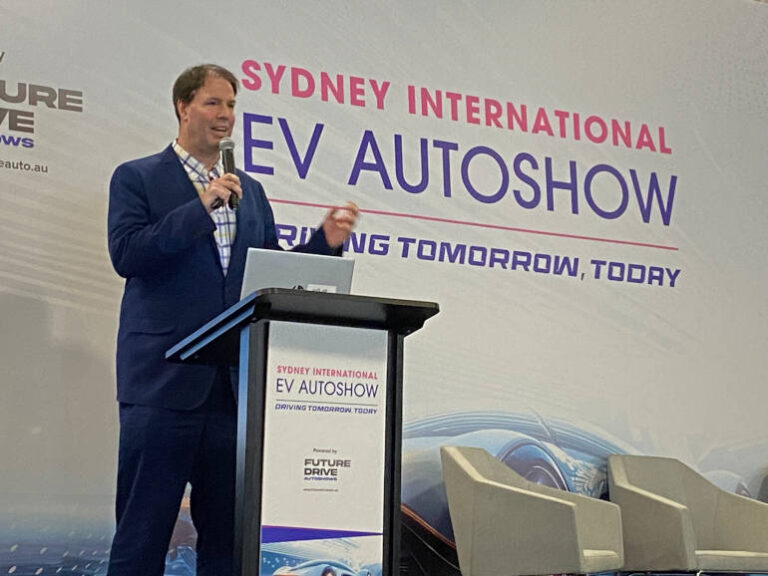Charging electric vehicles (EVs) at home under Fringe Benefits Tax (FBT) rules is a developing area in Australia. While the Australian Tax Office (ATO) has established tax-saving mechanisms for charging EVs at commercial stations, home charging remains a more complex issue. The ATO considers home charging equipment a reportable benefit, meaning it can attract FBT—a tax applied to employer-provided benefits outside regular salary payments. This creates a financial challenge for employees and employers trying to set up home charging under a salary packaging arrangement.
According to Andy Larmour, Principal Director at KPMG, many people expect home charging to receive similar tax treatment as other work-related expenses, such as fuel cards for combustion engine vehicles. However, the ATO has yet to extend a tax concession to home charging infrastructure.
“If the employer gives someone a $2,000 charger, that will be considered a benefit, and the employer is going to have to pay tax on it,” says Larmour.
This adds a significant tax burden, especially when an employee is using salary sacrifice arrangements. In such cases, the costs of purchasing and installing a charger could nearly double due to FBT.
The Complexity of Home Charging Cost Calculations
One reason home charging infrastructure attracts FBT is the challenge of tracking specific electricity consumption for EV charging. Unlike a fuel purchase with a clear receipt, electricity rates fluctuate, and it’s difficult to separate EV charging from other household electricity usage. The ATO’s current solution allows employees to use a deemed rate for electricity used to power their EV. They can claim 4.2 cents per kilometre, based on odometer readings, to represent their home charging costs. This simplifies tracking but is inherently conservative; depending on local rates and usage patterns, actual charging costs could vary significantly.
Leasing Charging Infrastructure
To work around this limitation, some employers consider leasing charging infrastructure rather than purchasing it outright. This arrangement could, in theory, reduce the upfront cost for employees and make charging access easier. However, the tax implications remain the same. The ATO still treats the monthly lease payment as a benefit that attracts FBT. For example, if an employer leases a home charging unit for an employee at $80 per month, this $80 becomes a taxable benefit. With FBT, this effectively doubles the monthly cost, adding to the overall financial burden for employees wanting home charging access through work.
Industry Advocacy for Change
This FBT treatment on home charging infrastructure has become a point of contention for those advocating for EV adoption. As more Australians shift toward EVs, the current tax structure may limit adoption by disincentivising the use of home chargers under salary-sacrifice agreements. Some industry bodies and tax consultants, including KPMG, are actively engaging with the ATO to revisit these policies. By creating a more flexible or favourable tax treatment, the ATO could make it easier for employees to transition to EVs with minimal financial penalties.
Larmour notes that while FBT rules on EV charging are conservative, industry feedback may eventually lead to more progressive policies. “We’ve fed back to the tax office,” he says, highlighting the importance of addressing the need for accessible and affordable home charging solutions for employees.
For now, employees interested in setting up home charging stations should carefully consider the tax implications under current FBT rules. Until any changes are introduced, leasing or salary packaging a home charger may lead to higher overall costs, counteracting the potential savings on fuel. As policies evolve, monitoring updates from the ATO and industry advisories will help individuals make informed decisions on home charging investments for their EVs.






